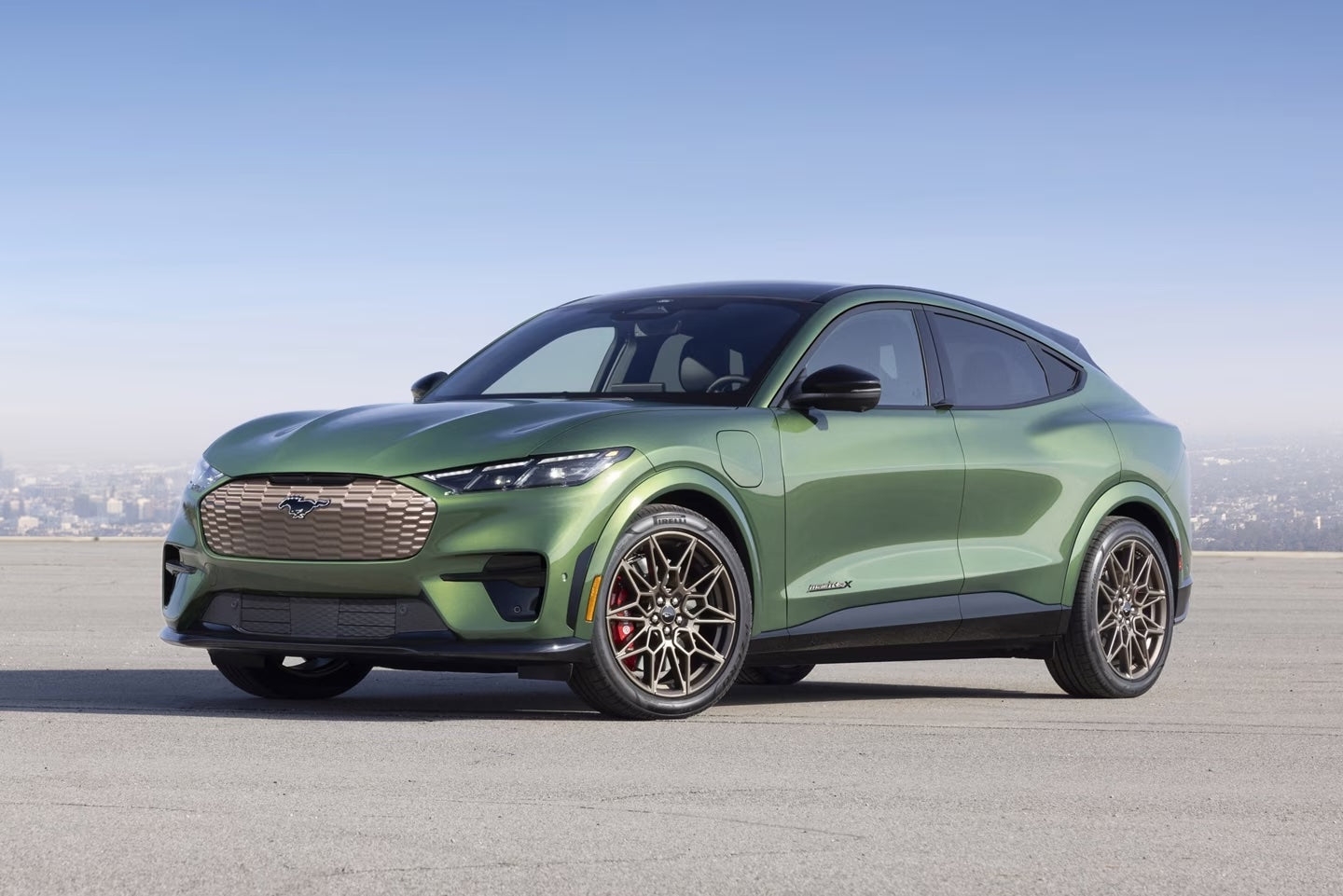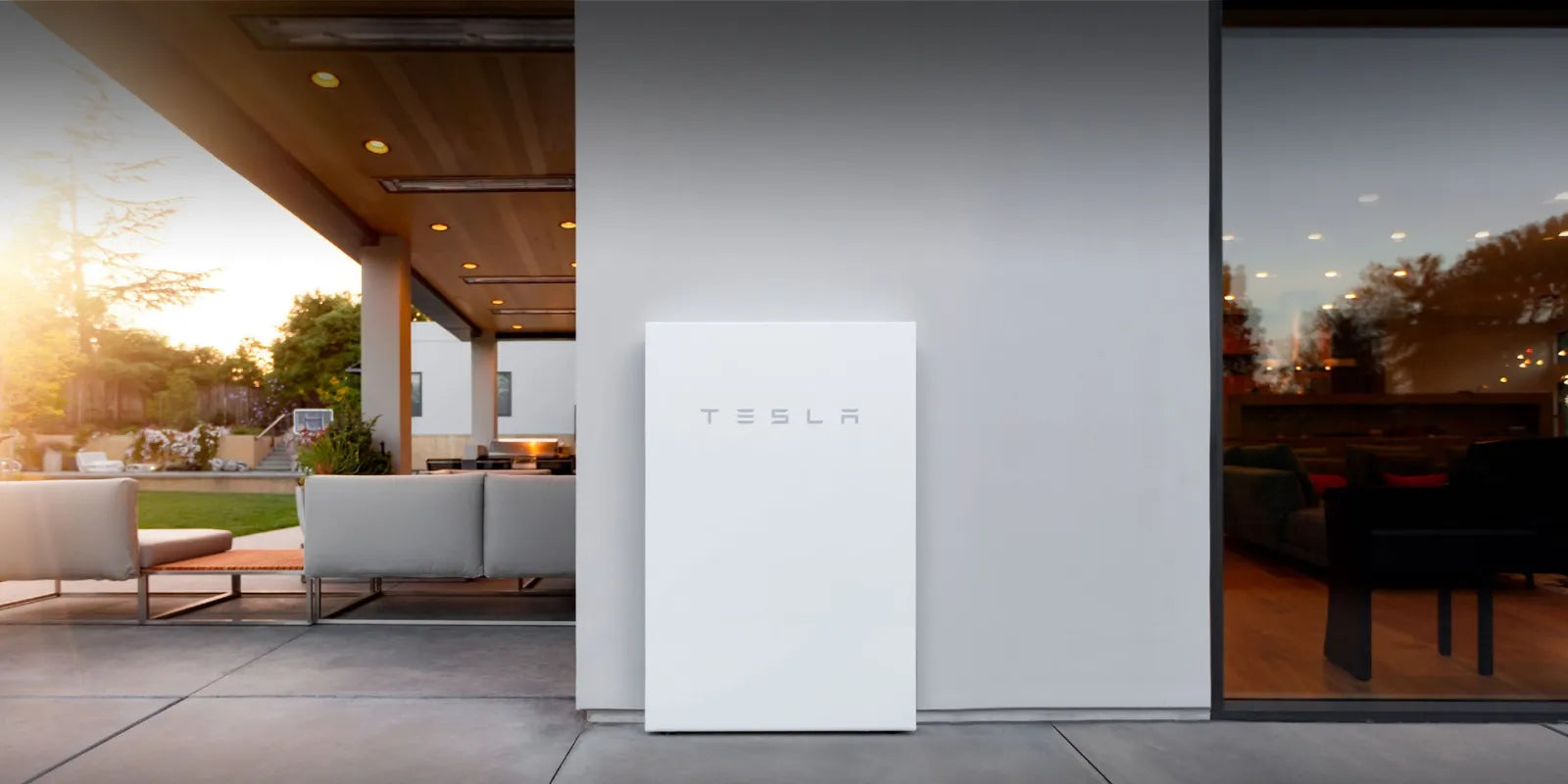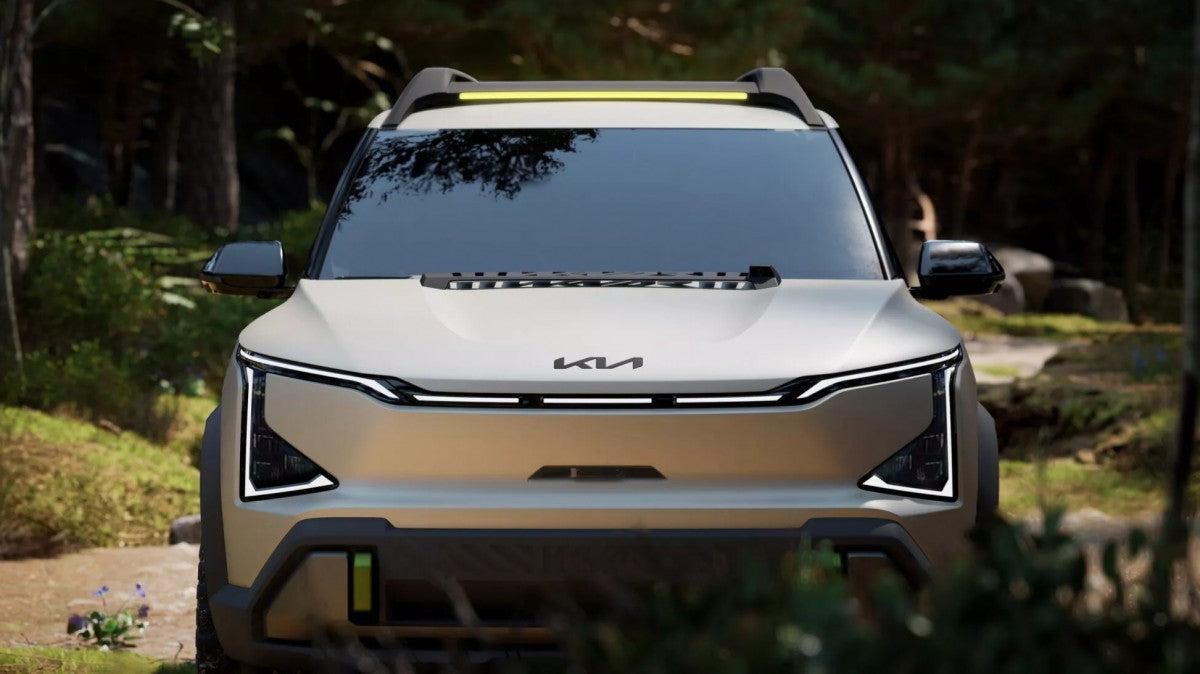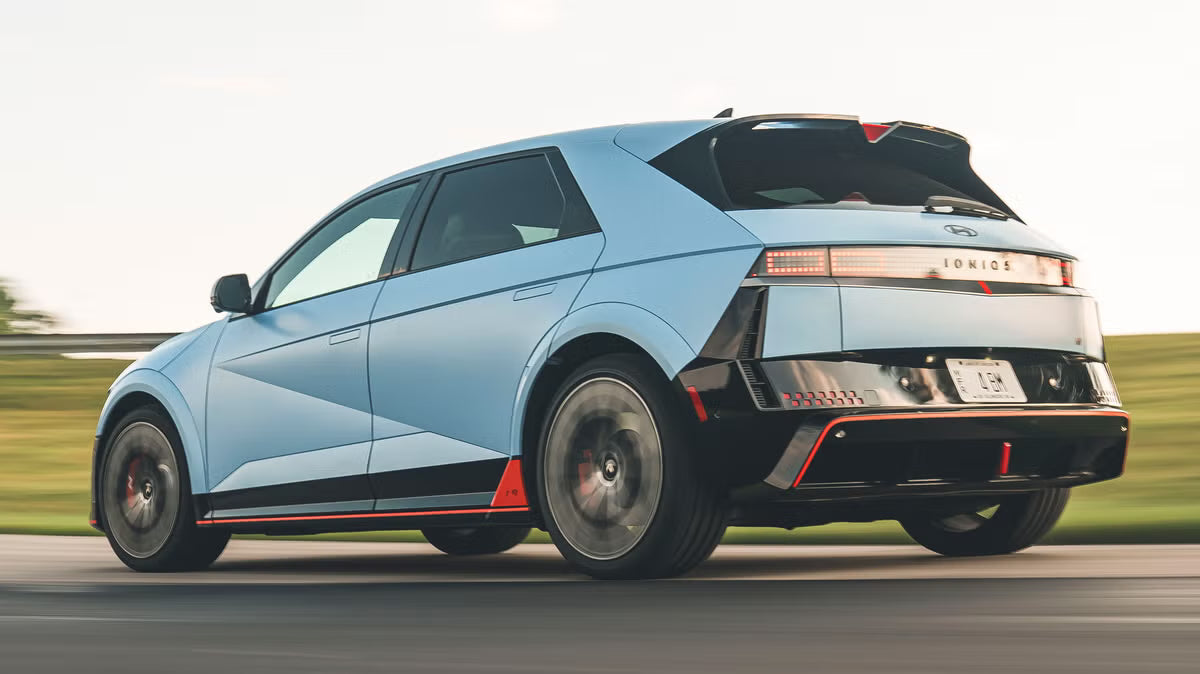Le PDG de Ford, Jim Farley, s'est rendu à plusieurs reprises en Chine cette année pour examiner de près les fabricants de véhicules électriques (VE) du pays, qui dominent désormais environ 70 % de la production mondiale de VE.
Lors de son intervention au Festival Aspen Ideas, Farley a qualifié ses observations de « la chose la plus touchante qu'il ait jamais vue ». Il a souligné que les véhicules électriques chinois excellaient dans l'intégration technologique, avec des fonctionnalités telles que l'appairage automatique des téléphones, des compagnons d'IA comparables à ChatGPT pour la gestion de la navigation et du divertissement, et des systèmes de reconnaissance faciale qui personnalisent les paramètres multimédias en fonction du siège de l'occupant.
Farley a souligné : « Leurs prix et la qualité de leurs véhicules sont bien supérieurs à ce que je vois en Occident. Nous sommes en concurrence mondiale avec la Chine, et cela ne concerne pas seulement les véhicules électriques. »
L'avantage industriel de la Chine repose sur une importante surcapacité – avec une demande intérieure de 20 millions d'unités, mais une capacité de production de 40 millions d'unités – permettant des exportations à grande échelle sans nouvelle expansion des usines. Cette envergure industrielle bénéficie d'un soutien gouvernemental dont ne bénéficient pas les constructeurs automobiles américains.
La dépendance envers les fournisseurs chinois a posé des défis à Ford. Récemment, la production a été interrompue pendant trois semaines en raison d'une pénurie d'aimants de haute puissance utilisés dans des composants tels que les haut-parleurs et les moteurs de sièges. « Nous ne pouvons pas obtenir d'aimants de haute puissance sans la Chine », a souligné Farley.
En réponse, Farley a créé il y a trois ans une usine Skunkworks dédiée en Californie du Sud, séparée des activités principales de Ford. L'équipe, composée notamment d'Alan Clarke, ancien ingénieur de Tesla, vise à développer un véhicule électrique très abordable, surnommé le « Modèle T des véhicules électriques ».
S'inspirant de l'approche d'Henry Ford pour démocratiser le moteur V8 en 1932, l'équipe expérimente plusieurs versions de conception de manière indépendante avant d'intégrer les innovations réussies dans la production de masse.
Farley a critiqué le marché actuel des véhicules électriques abordables aux États-Unis : « Il n'y en a pas tant que ça ici. En fait, il n'y en a pratiquement pas. Et ceux qui existent sont des sortes de véhicules conformes conçus pour générer des crédits VE pour la vente de camions. »
En fin de compte, les efforts de Ford pour produire des véhicules électriques abordables nécessiteront d’assimiler les leçons des concurrents mondiaux et d’améliorer les capacités de fabrication nationales pour être compétitif en termes de coût et de qualité.








Partager:
Pourquoi c'est peut-être le moment idéal pour acheter un véhicule électrique d'occasion
Tesla laisse les propriétaires de HW3 dans l'incertitude après avoir abandonné la prise en charge complète de la conduite autonome